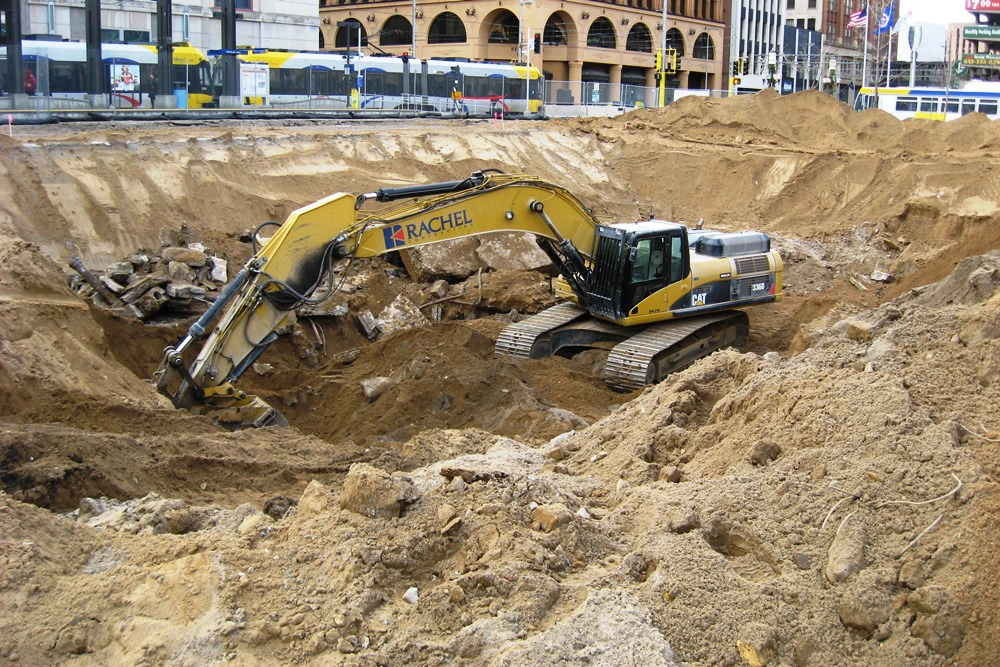Practicing Excavation & Trench Safety
Josh Babiasz on safety techniques to follow when working with excavations and trenches.

U. S. safety statistics show that two workers are killed every month in trench collapses. These deadly collapses happen very quickly. To keep our associates and subcontractors safe on the jobsite, our superintendents work with a team member who
- inspects and supervises the excavation or trench on a daily basis;
- possesses the knowledge to identify and predict hazards and
- has the authority to take prompt corrective measures to eliminate the hazards.
During the excavation process that team member must perform many tasks, including the following:
- locate utilities and protect or support them as necessary;
- provide access and egress for every excavation or trench that is four or more feet deep;
- ensure associates exposed to vehicular traffic are wearing suitable high-visibility garments;
- check the atmosphere in excavations and trenches greater than four feet for oxygen deficiencies and hazardous or explosive gases;
- maintain support systems when the stability of adjoining buildings, walls or other structures are endangered by excavation operations;
- perform a daily inspection;
- classify soils to determine the degree of sloping or benching required and
- maintain maximum allowable slopes for excavations less than 20 feet deep.
At Opus, the safety of our associates and the general public is a priority on all of our projects. Promoting a safe work environment is an important part of our corporate culture. Learn more.
Article Type: Blog Post


